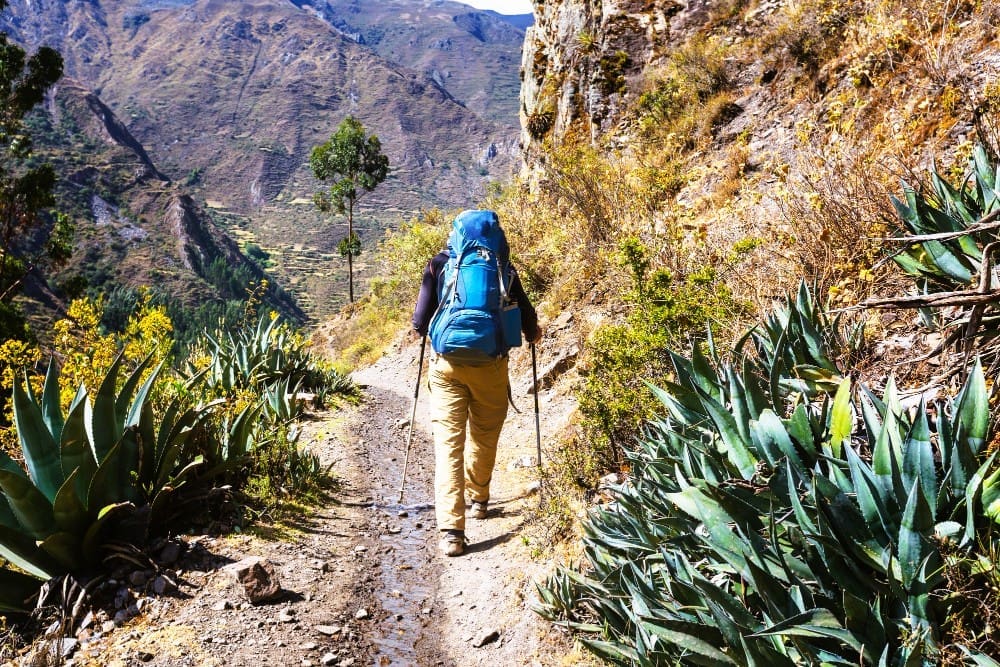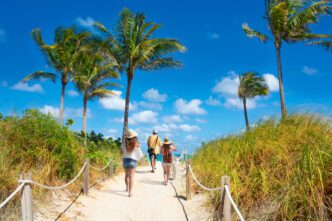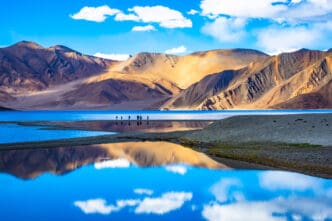For adventurous travelers, hiking the legendary Inca Trail to Machu Picchu is a pilgrimage through time, culminating in a breathtaking arrival at one of the world’s most iconic ancient wonders. This renowned 26-mile (42-kilometer) trek, located in the Andes Mountains of Peru, requires hikers to book with a licensed tour operator months, or even a year, in advance due to a strict permit system. The journey typically unfolds over four days, best undertaken during the dry season from April to October, leading travelers through diverse ecosystems and past stunning Inca ruins before they step through the Sun Gate (Inti Punku) for their first, unforgettable view of the lost city. It’s a physically demanding but profoundly rewarding experience, offering a unique connection to Inca history and the sublime beauty of the Peruvian landscape.
Understanding the Inca Trail: More Than Just a Hike
The Inca Trail is far more than a simple mountain path; it is a sacred route steeped in history. It represents a small but significant section of the Qhapaq Ñan, a vast and sophisticated network of roads that once connected the entire Inca Empire, stretching from modern-day Colombia to Chile.
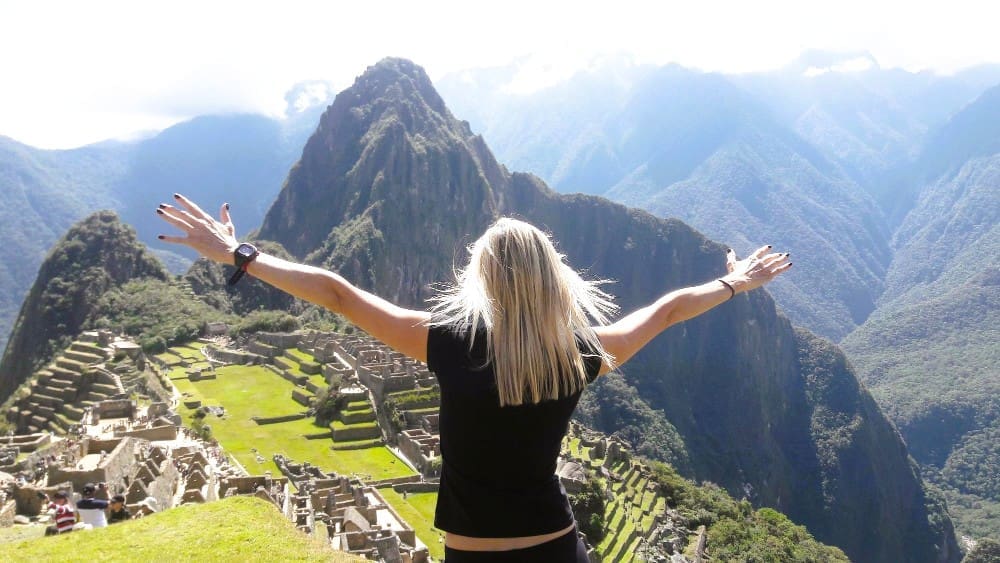
Walking this trail is to follow in the footsteps of the Inca people who used it for pilgrimages, communication, and transport. The journey was designed to be both a physical and spiritual preparation for arrival at the sacred citadel of Machu Picchu.
The trek itself is a masterclass in ecological diversity. Hikers ascend from lush valleys into misty cloud forests, traverse high-altitude alpine tundra, and then descend back into subtropical vegetation. Along the way, the path is punctuated by remarkably well-preserved archaeological sites that are inaccessible by any other means, serving as milestones on this historic journey.
Planning Your Trek: Permits, Tour Operators, and Timing
Organizing an Inca Trail trek requires significant advance planning. Unlike many world-famous hikes, you cannot simply show up and start walking. The Peruvian government has implemented strict regulations to preserve the trail’s integrity and protect the surrounding environment.
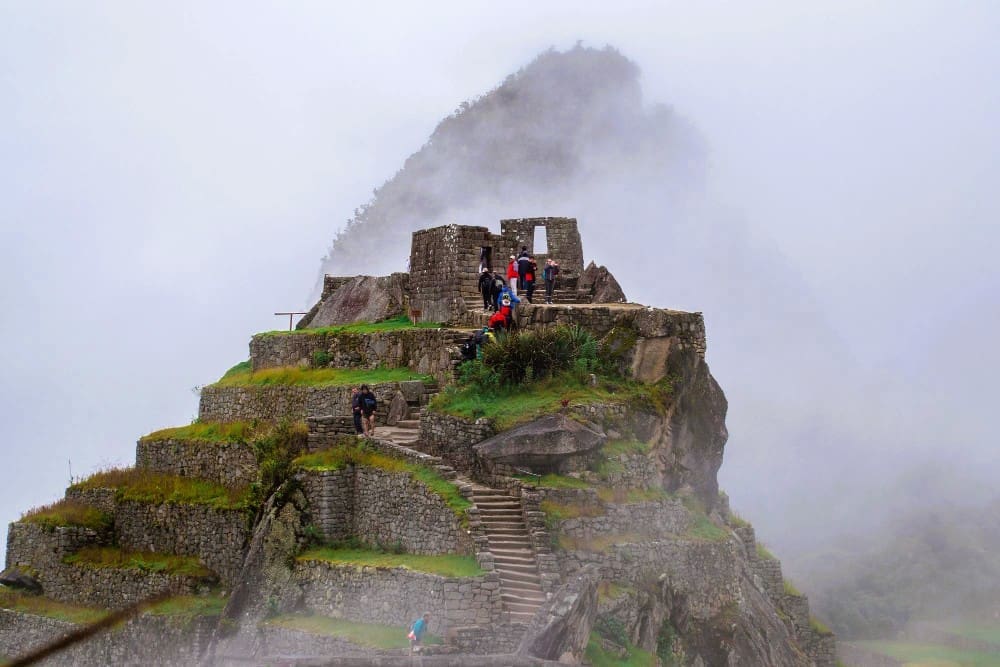
Booking Your Permit and Tour
Independent hiking on the Inca Trail is strictly forbidden. Every trekker must be accompanied by a licensed guide as part of a tour organized by an officially sanctioned tour operator. These operators are responsible for securing the necessary permits on your behalf.
Only 500 permits are issued for each day, a number that includes not only the tourists but also the essential guides, porters, and cooks. This scarcity means permits often sell out six to twelve months in advance, especially for the peak season. To book, you will need to provide your full name, date of birth, nationality, and passport number exactly as it appears on your passport, as this information is printed on the permit and checked at multiple points along the trail.
When choosing a tour company, research their reputation thoroughly. Look for reviews regarding their treatment of porters, commitment to sustainable tourism, quality of guides, and safety standards. Ethical treatment of the hardworking porters, who carry the bulk of the equipment, is a crucial consideration for a responsible traveler.
Choosing the Right Time to Go
The timing of your trek will significantly impact your experience. The Andes have two primary seasons: dry and wet.
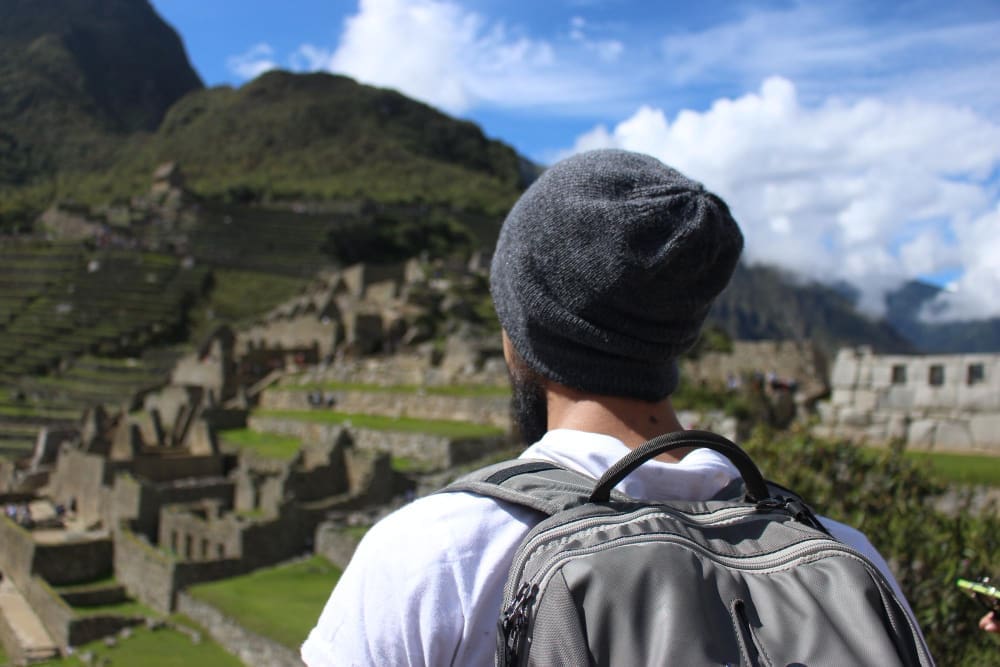
The dry season, from April to October, is the most popular time to hike. It offers the highest chance of clear blue skies and sunny days, providing spectacular views of the mountains. However, nights can be very cold, often dropping below freezing, and the trail will be at its most crowded.
The wet season runs from November to March. While you will encounter fewer fellow hikers and see the landscape at its most lush and green, you must be prepared for regular, and sometimes heavy, rainfall. This can make the stone paths slippery and obscure the views with clouds.
It is critical to note that the entire Inca Trail is closed for the month of February each year. This closure allows for essential maintenance, conservation work, and for the trail’s ecosystem to recover.
Classic Trail vs. Alternatives
While the Classic 4-day/3-night trek is the most famous, other options exist. The Short Inca Trail is a popular 2-day/1-night version that covers the final portion of the trail. It still requires a permit and offers a taste of the experience, culminating in the arrival at the Sun Gate.
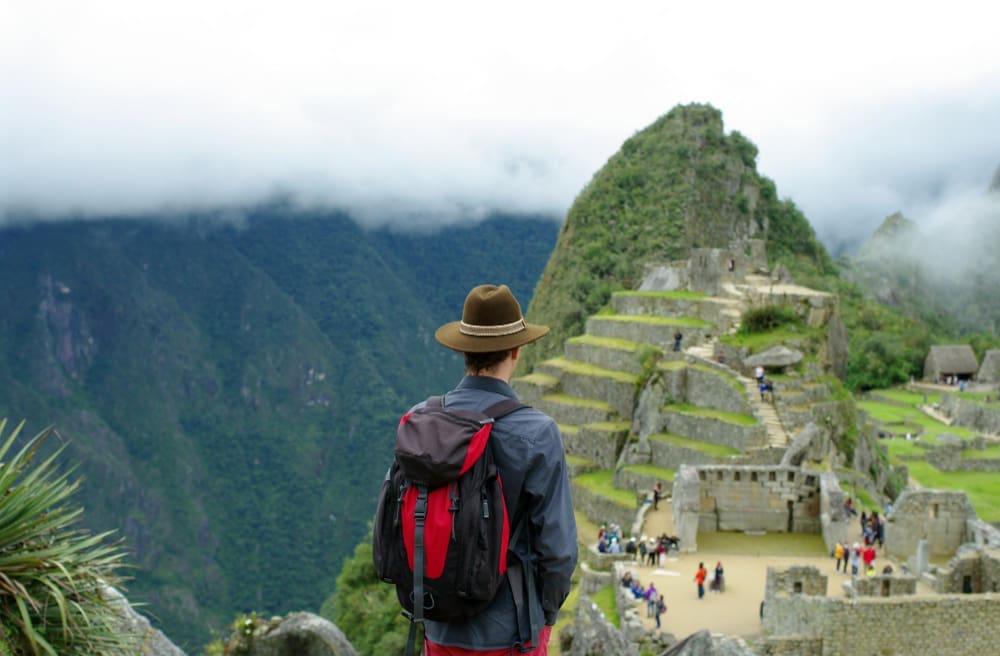
If you find that permits for the Inca Trail are sold out, don’t despair. Peru offers several outstanding alternative treks to Machu Picchu, such as the Salkantay Trek and the Lares Trek. These routes do not require the same specialized permit, are often less crowded, and showcase different but equally stunning Andean landscapes before connecting you to Machu Picchu on the final day.
What to Expect on the Trail: A Day-by-Day Breakdown
While specific itineraries vary slightly between tour operators, the classic four-day trek follows a well-established rhythm of challenge and discovery.
Day 1: The Gentle Start
The journey typically begins at a location known as Km 82. After crossing a bridge over the Urubamba River and passing the first official checkpoint, the hike begins. The first day is relatively gentle, with moderate inclines and declines, serving as an excellent warm-up and acclimatization day. You’ll pass small villages and the first minor Inca sites, like Llactapata, before settling into your first campsite for the night.
Day 2: The Challenge of Dead Woman’s Pass
Day two is universally regarded as the most difficult. The day is dominated by a long, steep, and relentless ascent to the highest point of the entire trek: Warmiwañusqa, or “Dead Woman’s Pass,” at an elevation of approximately 13,828 feet (4,215 meters). The air is thin, and the climb is a significant test of both physical fitness and mental fortitude. The reward is an incredible sense of accomplishment and panoramic views before a long, knee-jarring descent to the campsite in the Pacaymayu valley.
Day 3: Ruins and Scenery
Many hikers consider the third day to be the most beautiful and rewarding. The day involves another two passes, but the ascents are less grueling than the day before. The trail leads you through breathtaking sections of cloud forest and past several magnificent Inca ruins, including the circular Runkurakay and the majestic Sayacmarca. The path itself, often consisting of original Inca stonework, hugs cliff sides and offers dramatic views before reaching the final campsite near the Phuyupatamarca or Wiñay Wayna ruins.
Day 4: The Sun Gate and Machu Picchu
The final day begins before dawn with a very early wake-up call. After a quick breakfast, you’ll hike for about two hours in the dark with headlamps, navigating the final stretch of the trail. The goal is to reach the Sun Gate (Inti Punku) as the sun rises. From this vantage point, you are rewarded with the iconic, postcard-perfect first view of Machu Picchu spread out below, an unforgettable and often emotional moment. From there, it’s a final descent into the citadel itself for a well-earned guided tour of the ancient city.
Preparing for the Altitude and Physical Demands
Success on the Inca Trail depends heavily on proper preparation, particularly regarding altitude and physical fitness.
Acclimatization is Non-Negotiable
Altitude sickness, or soroche, is a common ailment that can affect anyone, regardless of age or fitness level. Symptoms range from headache and nausea to more severe complications. The best way to prevent it is to acclimatize properly. Plan to spend at least two, and preferably three, full days in a high-altitude city like Cusco (11,152 ft / 3,399 m) before starting your trek. Use this time to rest, hydrate, eat light meals, and take gentle walks. Local remedies like chewing coca leaves or drinking coca tea can also help alleviate mild symptoms. Consult your doctor before your trip about preventative medication such as Acetazolamide (Diamox).
Physical Training
You do not need to be a professional athlete to complete the Inca Trail, but you must have a good level of cardiovascular fitness. The best training involves simulating the activity itself. Engage in regular cardio workouts, such as running, cycling, or swimming, for several months leading up to your trip. Most importantly, undertake long day hikes in your local area, preferably on hilly terrain and while wearing the hiking boots and daypack you intend to use in Peru.
Packing Essentials: What to Bring and What to Leave
Packing smart is key. Your tour operator’s porters will carry the bulk of the camping equipment and up to a designated weight limit of your personal items (usually 5-7 kg) in a duffel bag they provide. You will only need to carry a daypack with your daily essentials.
The Essentials List
Your daypack should contain items you need during the day’s hike. This includes a reusable water bottle or hydration reservoir, high-energy snacks, sun protection (hat, sunscreen, sunglasses), insect repellent, a rain jacket or poncho, and a warm layer like a fleece. You must also carry your personal first-aid kit, any necessary medications, and, most importantly, your original passport, which is required for entry to the trail.
In the duffel carried by your porter, you’ll pack your sleeping bag (which can also be rented), extra layers of clothing for the cold nights, toiletries, and a change of clothes for camp. A headlamp is absolutely essential for navigating the campsite at night and for the early start on the final day.
A Journey for the Ages
Hiking the Inca Trail is more than a vacation; it is a transformative journey that challenges the body and inspires the soul. The combination of strenuous physical effort, historical immersion, and spectacular natural beauty creates an experience that is both humbling and empowering. By planning meticulously, preparing physically, and choosing a tour operator that aligns with your values, you are setting the stage for an adventure that culminates in one of the most powerful travel moments imaginable: watching the sun rise over the lost city of the Incas, having earned the view every step of the way.


